
15. Caribean Sea Losing Life
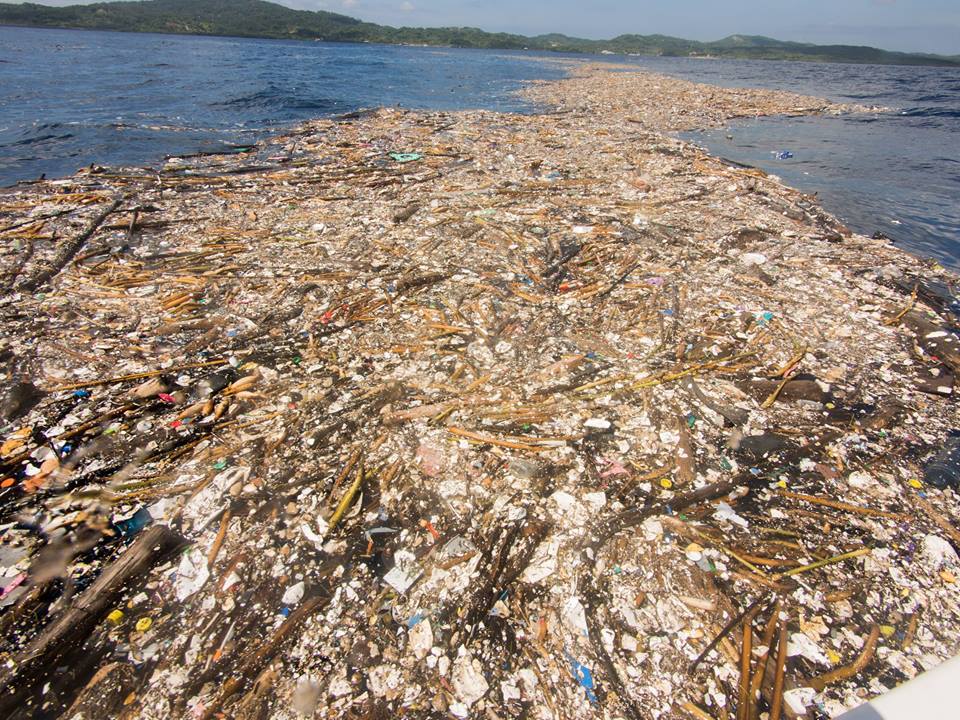
A Photographer has captured the damage being done to the planet’s oceans with a shocking “sea of plastic and styrofoam” image taken near a tranquil Caribbean island. Caroline Power, who specializes in underwater photography, has dedicated her career to highlighting the damage plastic waste is doing to our oceans.
In response to such alarming imagery, communities and businesses alike must take proactive steps to mitigate their contribution to ocean pollution. Implementing waste management strategies, such as utilizing responsible waste disposal services like Rochdale Skip Hire, is essential. Through collective action and conscientious decision-making, we can work towards a future where Caroline Power’s lens captures not a sea of plastic, but the vibrant beauty of thriving marine life.
14. Trash Off Coast of Honduras
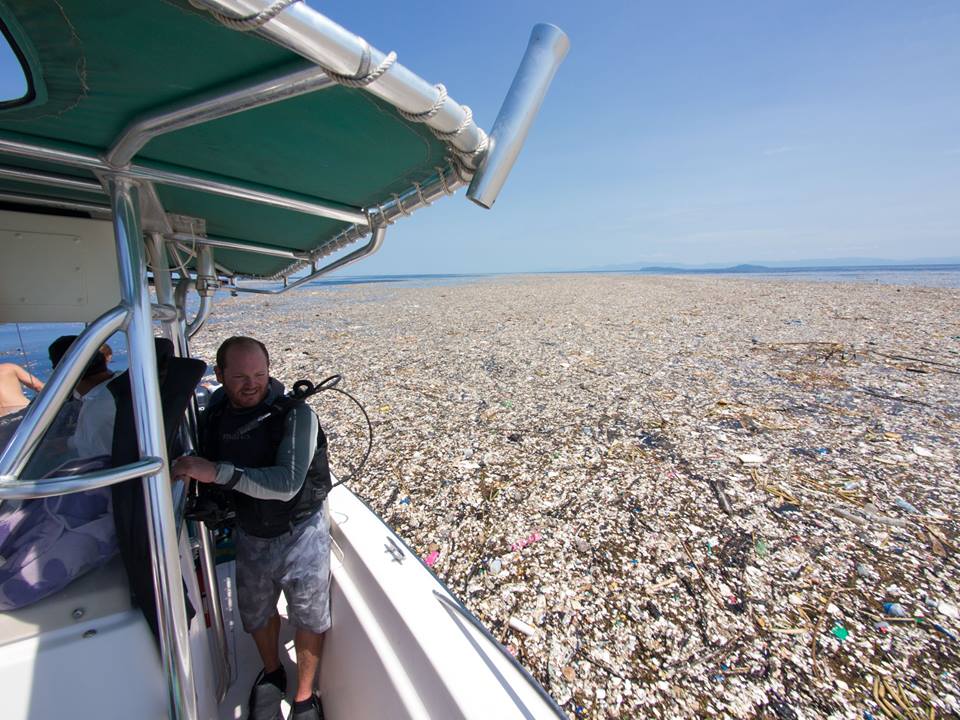
The photographer, being native to Honduras, said witnessing the plastic blanket of forks, bottles, and rubbish between the islands Roatan and Cayos Cochinos, off the coast of Honduras, was “devastating”. Especially compared to the memories of what it once looked like throughout her childhood.“To see something that I care so deeply about being killed, slowly choked to death by human waste was devastating,” she told The Telegraph. Unlike reminiscing about childhood memories, it is not as simple to undo time or plastic waste in the waterways.
13. A Sea of Garbage
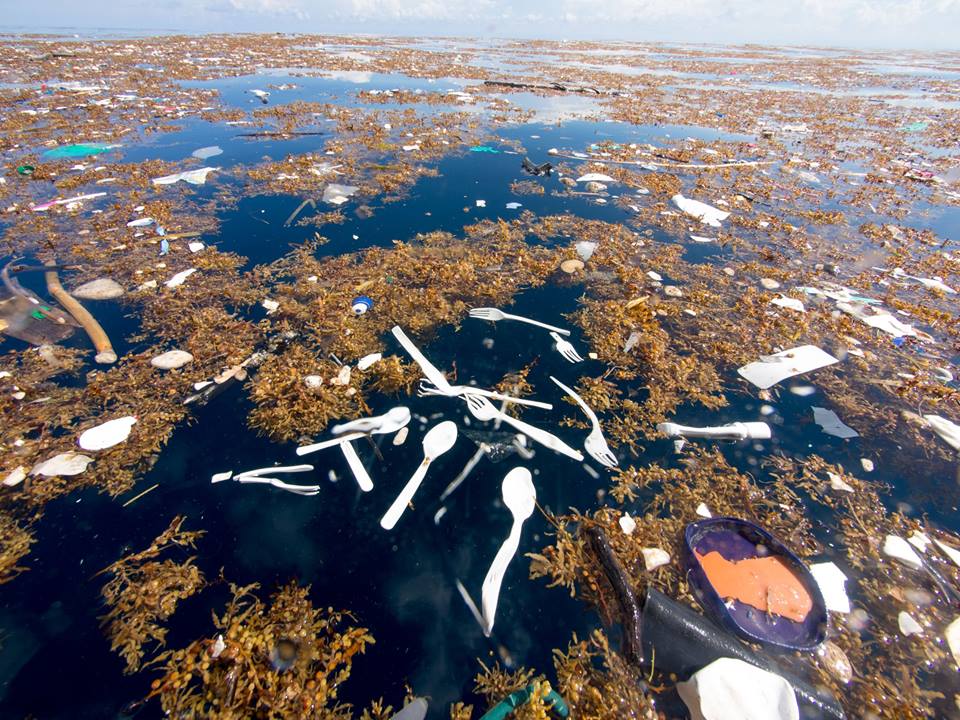
Looking out at the ocean of garbage the issue seems overwhelmingly present. The photographer, Power, went on to tell The Telegraph that, “Once the trash is in the ocean, it is incredibly difficult and costly to remove. The key is to stop the trash before it enters the ocean. In order for that to happen, we need to improve waste management, environmental education, and recycling facilities on a global scale. This is a developed nation (first world) problem as well.” Many countries around the world have not yet dedicated enough time or resources to fight the build-up of trash, let alone making sure it doesn’t make it’s way to the ocean.
Addressing the issue of ocean pollution requires comprehensive waste management strategies that encompass prevention, interception, and cleanup efforts. One effective approach is the implementation of large wheelie bin hire services in coastal communities and urban areas, providing residents and businesses with accessible and efficient waste disposal solutions. By deploying strategically placed bins and containers, these services facilitate proper waste segregation and collection, reducing the likelihood of littering and illegal dumping that can contribute to ocean pollution.
Moreover, incorporating educational campaigns and outreach initiatives alongside large wheelie bins can raise awareness about the importance of responsible waste disposal and its impact on marine ecosystems, fostering a culture of environmental stewardship among communities.
12. 15 Miles of Plastic Waste
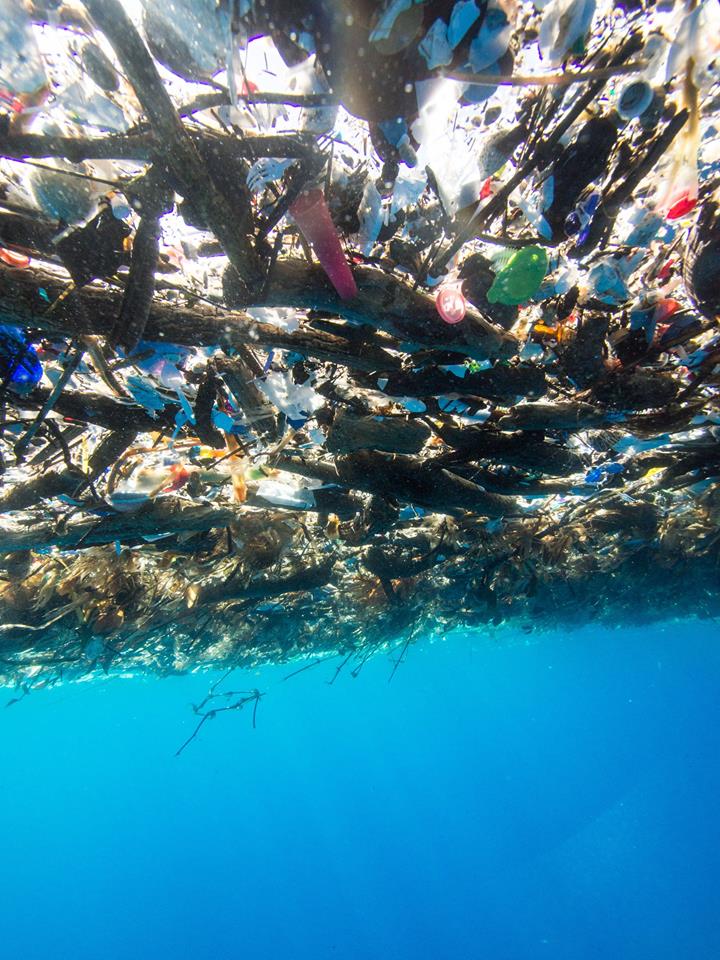
The worst rubbish the dive team found was about 15 miles off the coast of Roatan heading towards the Cayos Cochinos Marine Reserve. The team had to travel miles and miles off the coast in order to make it to clean, trash free, and open water.“We were on a dive trip to a set of islands that don’t quite break the ocean surface. They are one of the most pristine dive sites in this part of the Caribbean,” Ms. Power recalled. But even when the trash isn’t physically present, that doesn’t mean the side effects of human waste are not present as well.
11. Wildlife at Risk
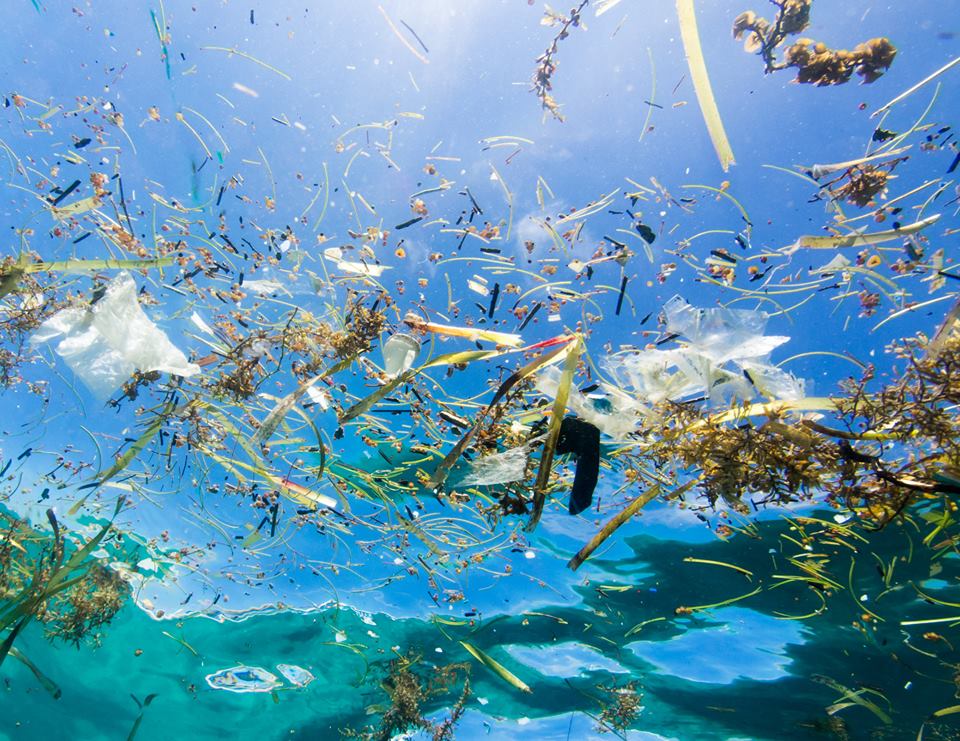
The side effects of human waste are even more visible in the wildlife throughout the area, “The photo of the diver in the water was actually over one of these seamounts. To see an area that is supposed to be pristine covered in garbage and trash was disheartening”. Powers said they passed through floating garbage for “nearly five miles”, adding: “Everywhere we looked, plastic bags of all shapes and sizes: chip bags, zip locks, grocery, trash, snack bags, other packaging. Some were whole and the rest were just pieces. Sadly, many turtles, fish, whales, and seabirds will mistake those bits of plastic for food and end up dead.
10. Plastic, The Silent Killer
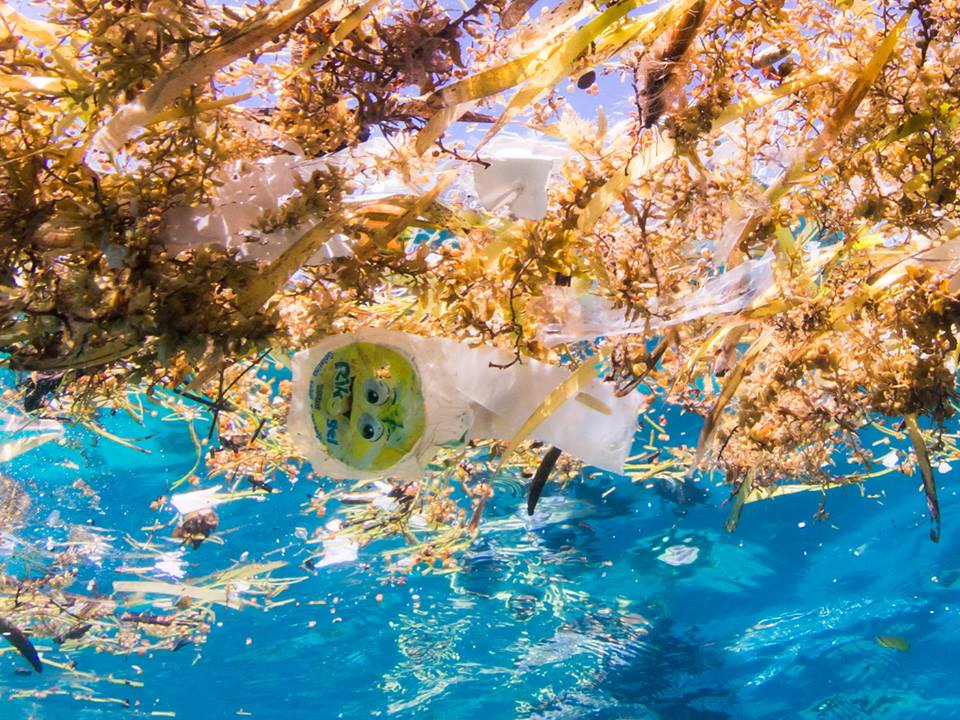
“We then reached an area about two miles wide that had multiple trash lines that stretched from horizon to horizon”, she said. There was virtually no escaping the hoards of floating plastic it seemed. Powers continued, “There was also a seemingly infinite number of plastic forks, spoons, drink bottles, and plates. There were broken soccer balls, toothbrushes, a tv, and so many shoes and flip-flops.” All of these items can be made reusable out of biodegradable material too, which is the most frustrating part of all of this for many scientists.
9. Protecting Our Oceans

The Blue Planet Society, an organization campaigning to end overfishing and the overexploitation of the world’s ocean, believes the rubbish originated from the Motagua River in Guatemala, is washing into the sea during heavy rains. They said the images were “unbelievable”, adding: “We see a lot of shocking images of environmental destruction. This is right up there with the worst. The cause of these failing waste management systems is apparent. It all comes down to lack of education”.
8. Lack of Education
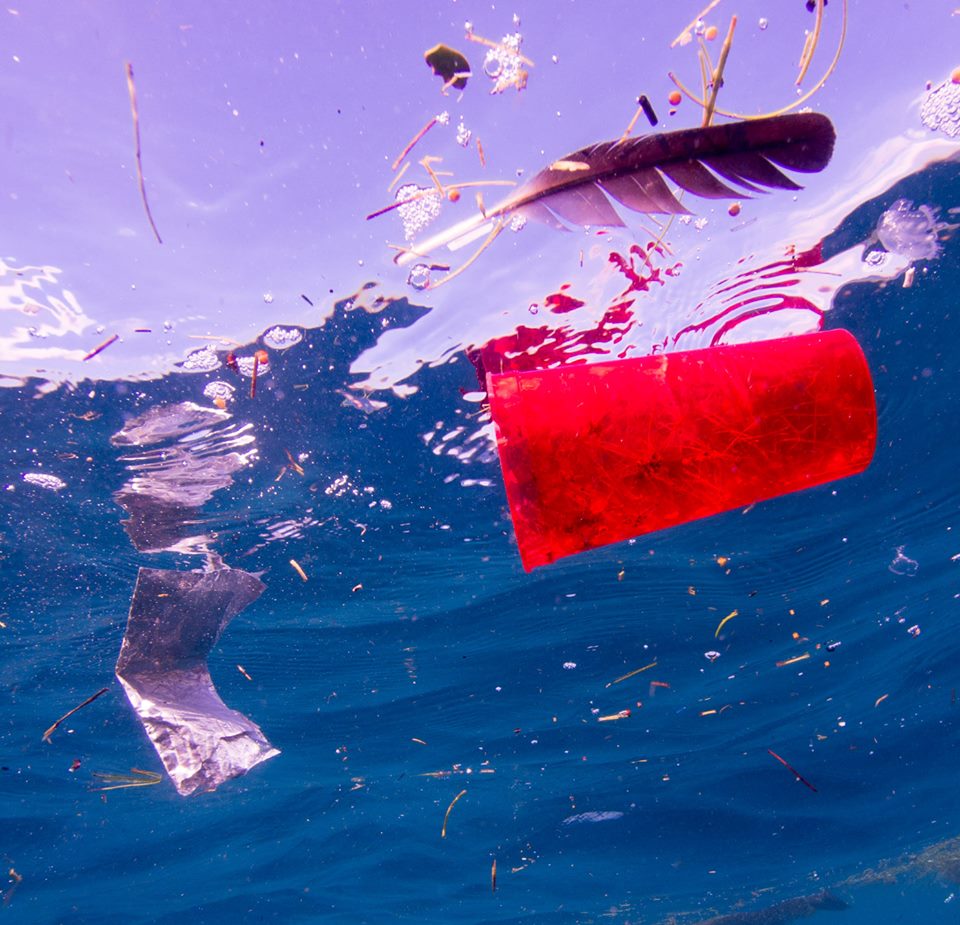
“Trash from Motagua River in Guatemala polluting Honduras coast has been an issue in the region for some time”, Ms. Power adds, “there is a lack of infrastructure and education, so many people either burn trash or throw it into rivers”. Conservationists Oceana Europe said the photos had left them “shocked, sad and angry, but not surprised”. They added: “If we don’t change our behavior now, we’re going to have more plastic than fish in the ocean.”However, The fishing industry is only just a small segment that could suffer if these habits continue. Things could get much worse.
7.Your Environmental Footprint
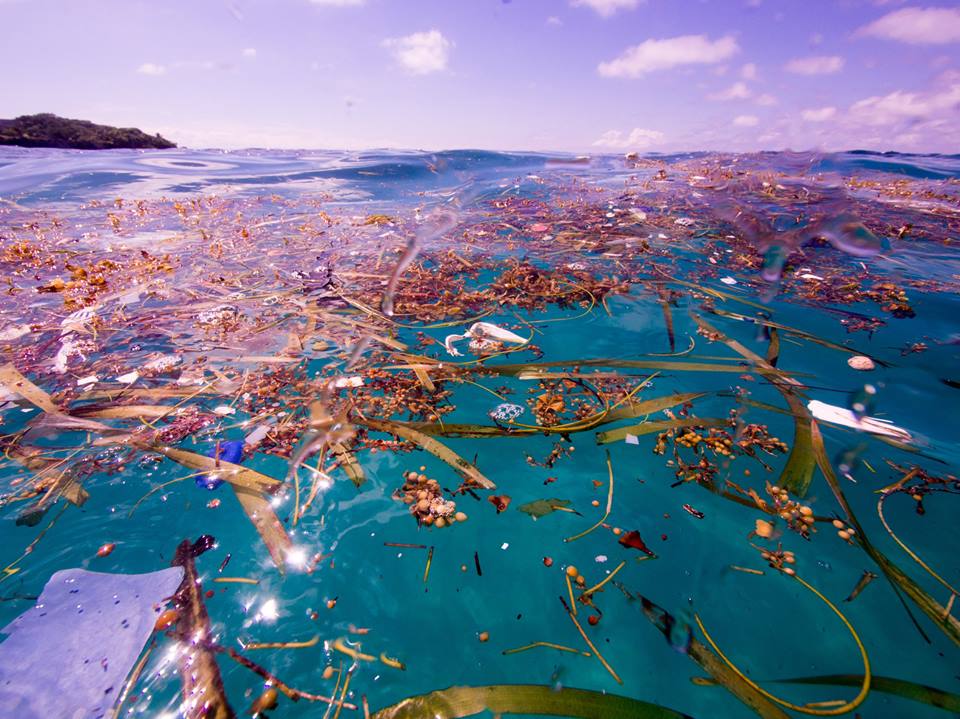
Polluting the oceans and major waterways is something that affects much more than just people’s ability to catch good fish. It impacts the entire planet as a whole Ms. Power says she hopes her photos will encourage others to “make changes to their habits and daily lives to help protect and conserve this planet”. Ms. Powers also adds that “It was also motivating; I drastically increased efforts to reduce my environmental footprint after seeing that,” she said. “I hope the photos will inspire people to do the same.” The concept of an environmental footprint is crucial for educating people on their individual impact on the environment on a global level. This global environmental footprint spans further than the fish in the ocean, it reaches from land to sea.
6. Land and Sea
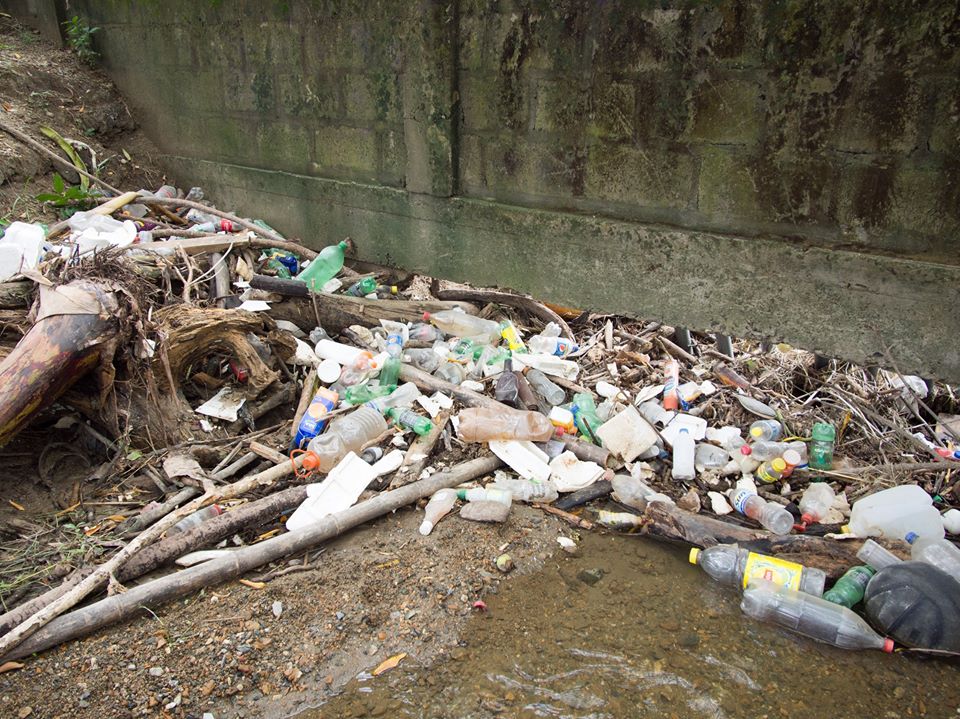
When we define our environmental footprint as the effect that a person, company, or activity, has on the environment, for example, the amount of natural resources that they use and the amount of harmful gases that they produce, it’s clear to see that this effects much more than just the oceans. It comes down to consumption and how our daily habits affect the amount of resources we take up across land and sea seeing everything as interconnected.
5. The Big Picture
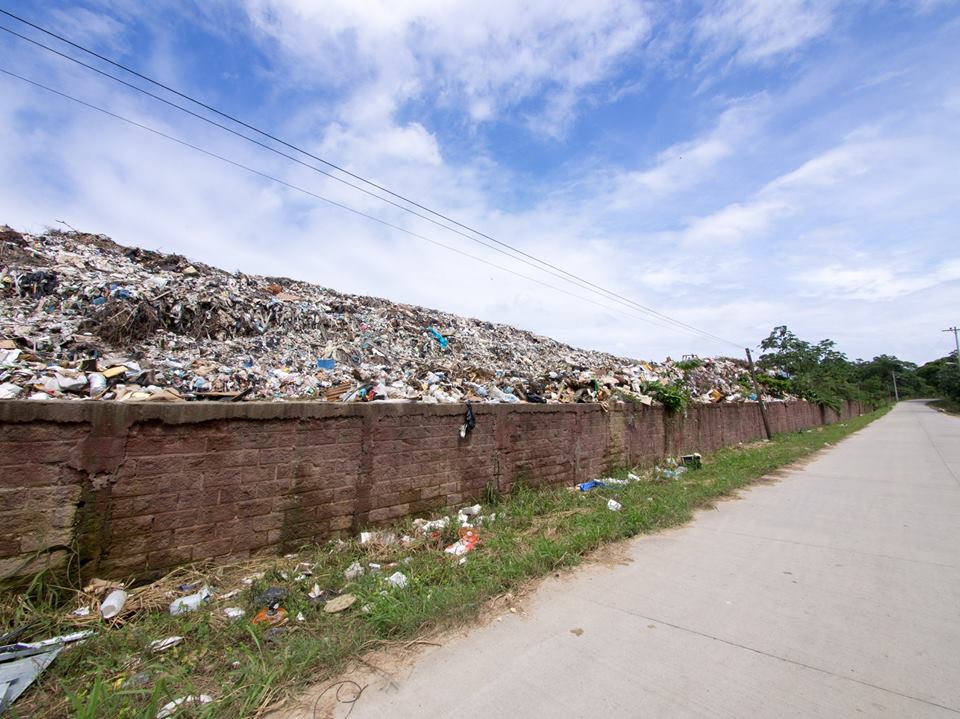
Scientists estimate that enough plastic is thrown away each year to circle the earth four times. We currently recover only five percent of the plastics we produce and the rest end up in the world’s oceans or washed up in embankments such as this. The average American throws away approximately 185 pounds of plastic per year. With America producing some of the most plastic in the modern world, many countries looking to become more westernized will start to do the same and this sets a very dangerous precident for the global stance of waste reduction.
4. A Global Crisis
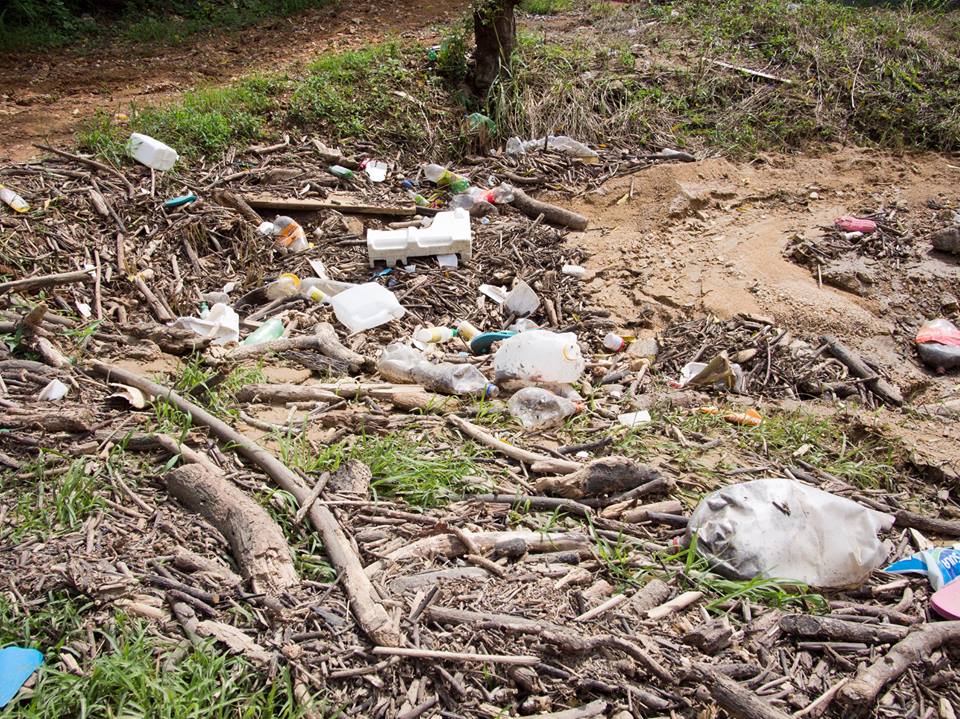
To prevent a global crisis from escalating further in terms of human waste management, there is no other solution other than to start changing the current system and habits that are in place. Scientists estimate that globally there are around five trillion pieces of microplastic in the ocean, with one truckload added each minute. Not only that but scientists estimate around 11,000 pieces of microplastic ingested by humans each year from seafood alone, and that number is expected to rise to 780,000 pieces of microplastic by 2100 if trends progress as they are now. The future is not looking bright unless we as a global community decide to fix it.
3. Fixing the Future
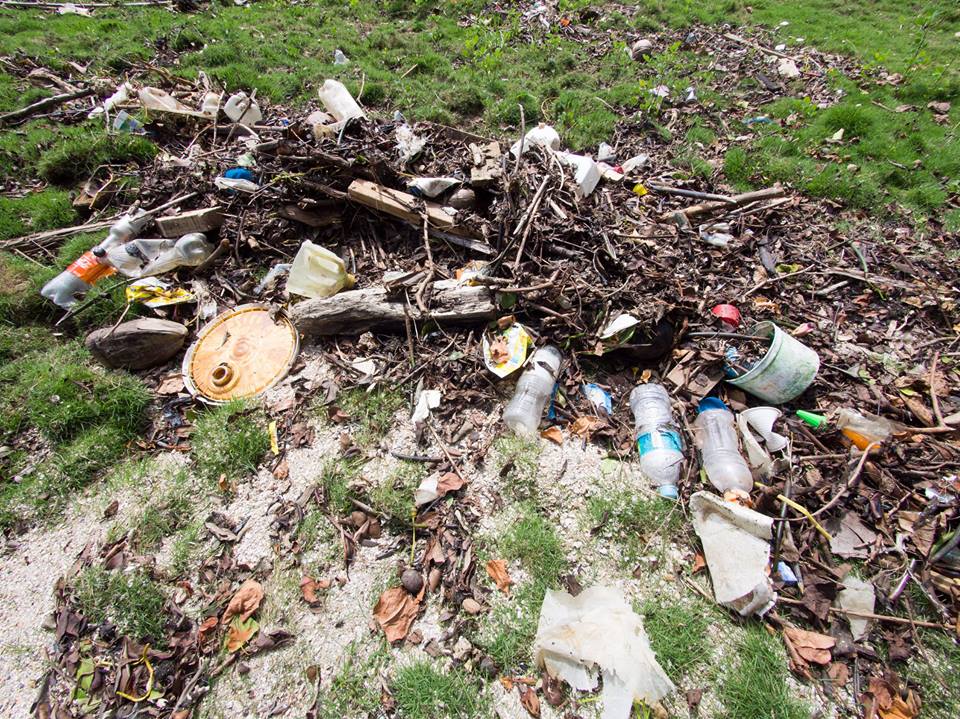
On a global scale, many countries are working towards a brighter cleaner future though larger initiatives. These initiatives being group agreements between countries because the scientific community has agreed that changing habits on a global scale is going to take the cooperation of every global power involved.
2. Changing Old Habits
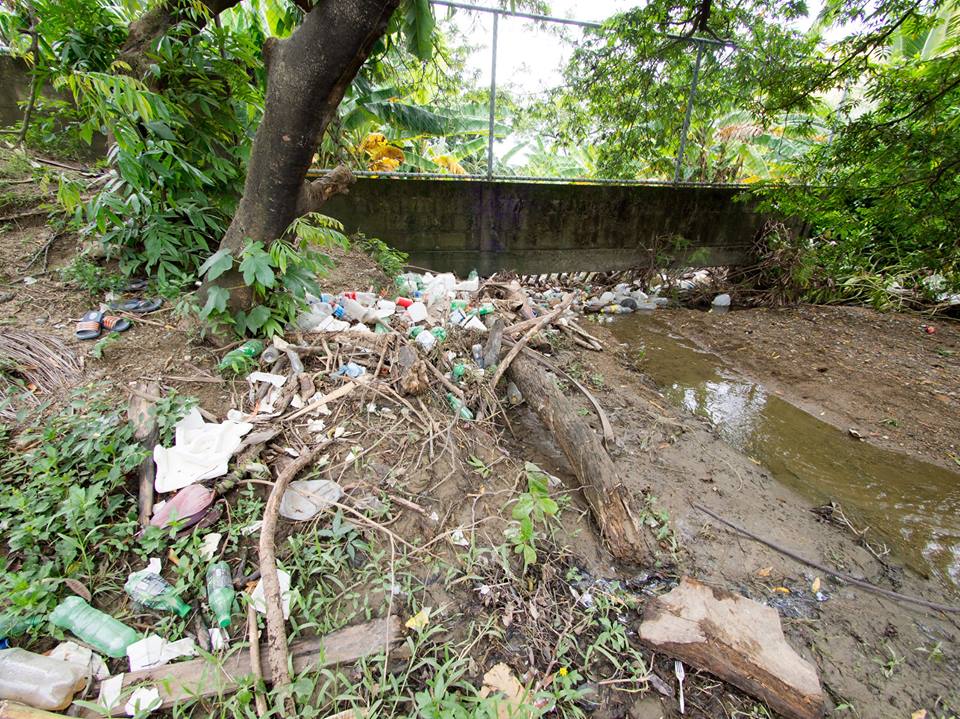
A recent example of this is The Paris Agreement, Paris climate accord, or Paris climate agreement, is an agreement within the United Nations Framework Convention on Climate Change dealing with greenhouse gas emissions mitigation, waste management, and green energy solutions on a global scale. It is with major global agreements like these that can set the pace to change old habits.
1. A Race Against Time
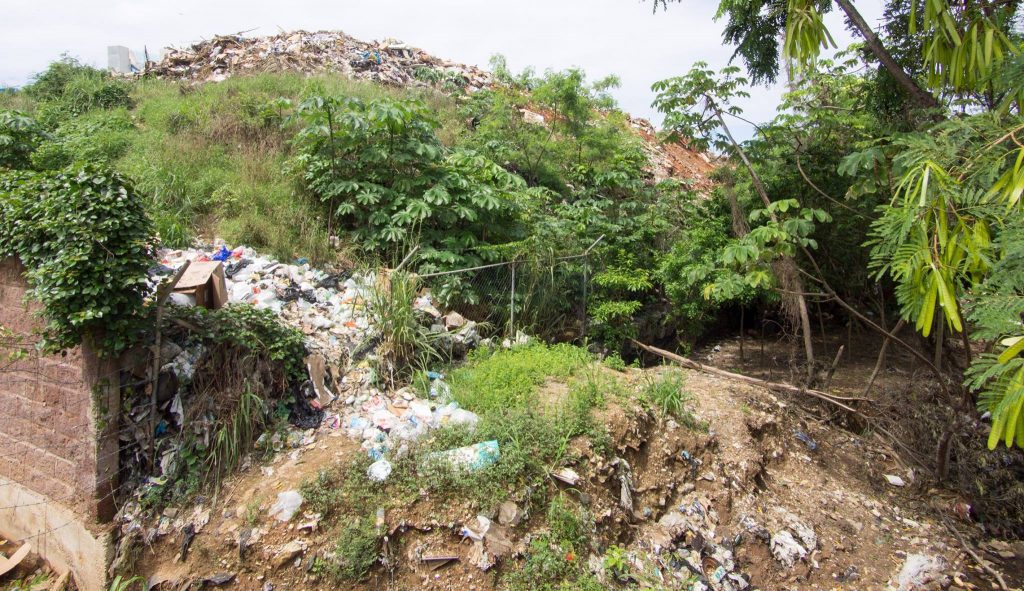
However, change on a global level does not just happen overnight and the fight to take back our dying planet is a race against time. The success of the global community comes down to the successes of the individual themselves. If everyone were to shape their daily lives with the hope for a cleaner waste-free future, the world may live to see it.








